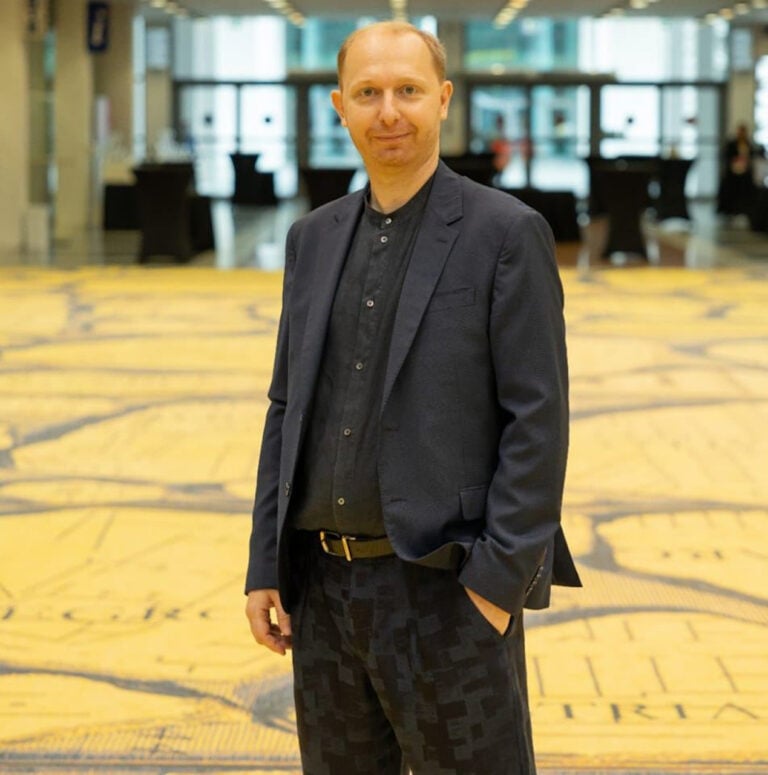I’ve never heard the phrase: “Of course I have nothing against homosexuals, you have no idea how many gay friends I’m friends with.”? Watching TV series makes me realize how present LGBTQIA+ is in the world of cinema and a little less in the real world, like there is a pressure to invade homes and minds, a need. The Italian art system is inclusive, some people are not, and it essentially depends on belonging to generations that do not accept diversity, for example someone who introduces into his system a thought that is not his, what his certainties undermines. A kind of fear of accepting the fact that the world has changed, or rather that it has revealed itself, removed barriers and started moving towards an identity that even I still cannot define, but that always exists has and always will exist. In each of us there is a resistance that is not dependent on a genetic factor, but is only culturally conditioned. The only way forward is not to oppose these things and others.
If you look at what’s happening in museums and galleries in the US and Northern Europe, we even see a surplus of LGBTQIA+ artists who deal with LGBTQIA+ issues in general. This is understandable when one thinks of the need for a world of excluded, hidden and even persecuted people who can finally come out in the open and receive redress today. But if you turn your gaze to Italy, you’re back in absolute darkness. Even feminist themes are virtually unaddressed, considering the last major exhibition of women’s art dates back to 1980 The other half of the avant-garde by Lea Vergine. And if the Frittelli Gallery didn’t exist, even feminist visual poetry would be completely ignored. What will happen to a government that has made opposition to gender freedom one of its strengths alongside the fight against migrants? How much will right-wing homophobia make matters worse in an already cowardly and helpless cultural situation, even if there are few bright spots in Italy? Unfortunately, I would not be optimistic.
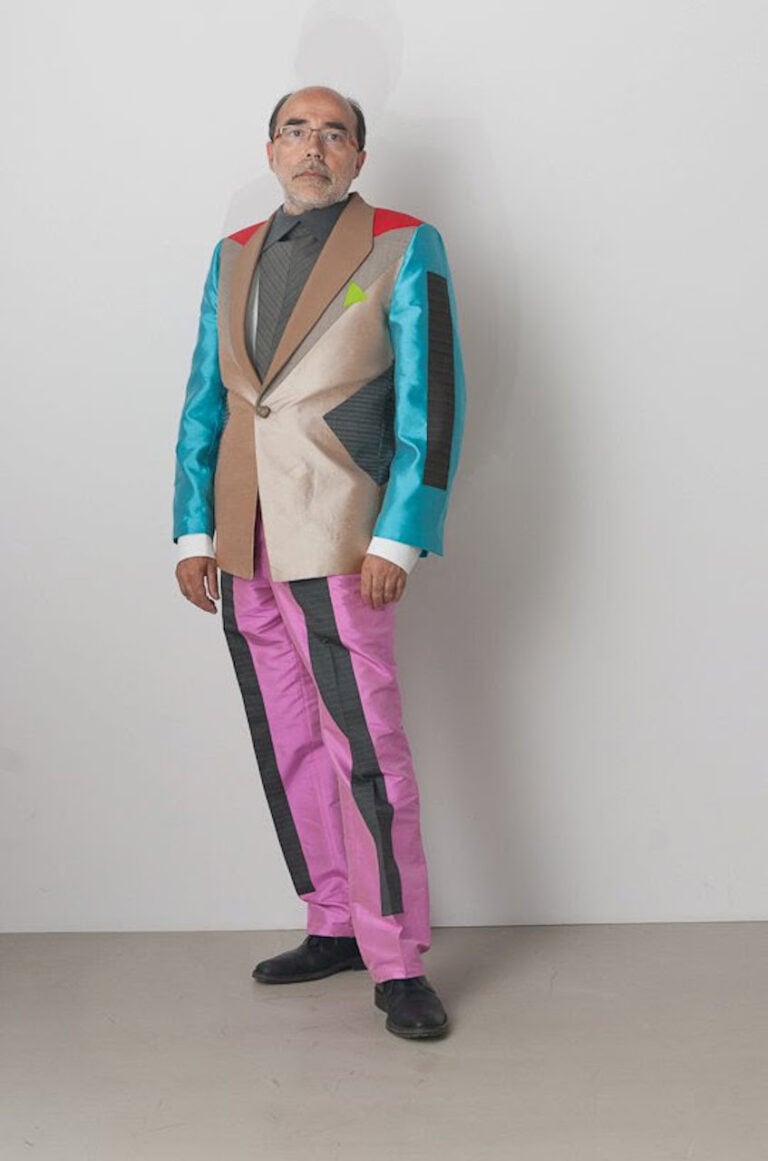
As I answer these questions, I’m exploring the symbolism of the LGBTQIA+ flag for a new project. Art System: Reading these words side by side I have a sense of loss. Art is inclusive: starting from an extraordinary form, a concept becomes universal. In my opinion, the operators of this set are not concerned with making the outside more integrative. Much can still be done in art, and even more in public and relational art. In 2018, Daniel Quasar creates the flag Proud of progress and adds colors and stripes: white and blue from the trans flag, black and brown from the Black Lives Matter movement, black to honor people living with HIV and AIDS. The purple orb on a yellow background, added later, represents the intersex movement. Let’s use it and tell it as a form of inclusion. I am interested in the outside.
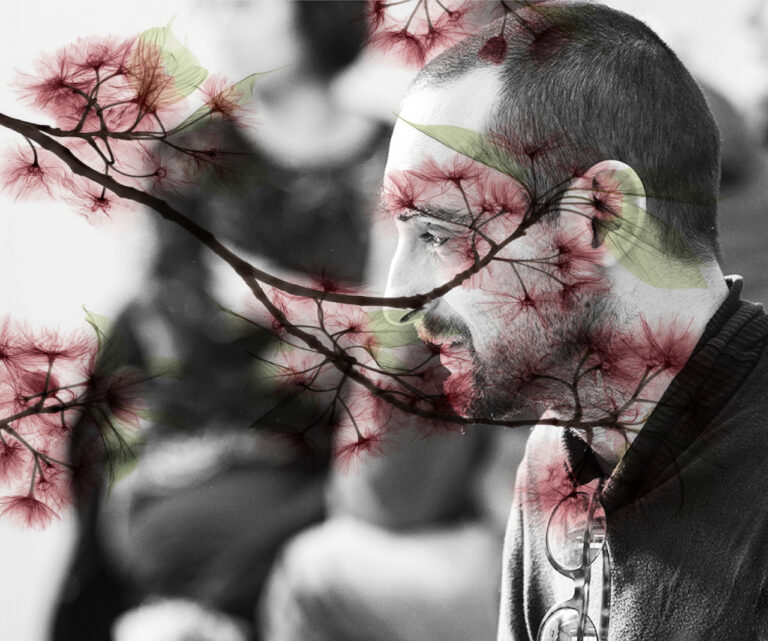
All in all, the Italian art system is quite inclusive, at least in my personal experience, maybe that was one of the reasons I left the century-old family business to open my gallery twenty years ago. Many steps have been taken and certainly more can be done, but not only in the art world but in Italian society, especially in this political moment where the LGBTQIA+ community is under constant attack.
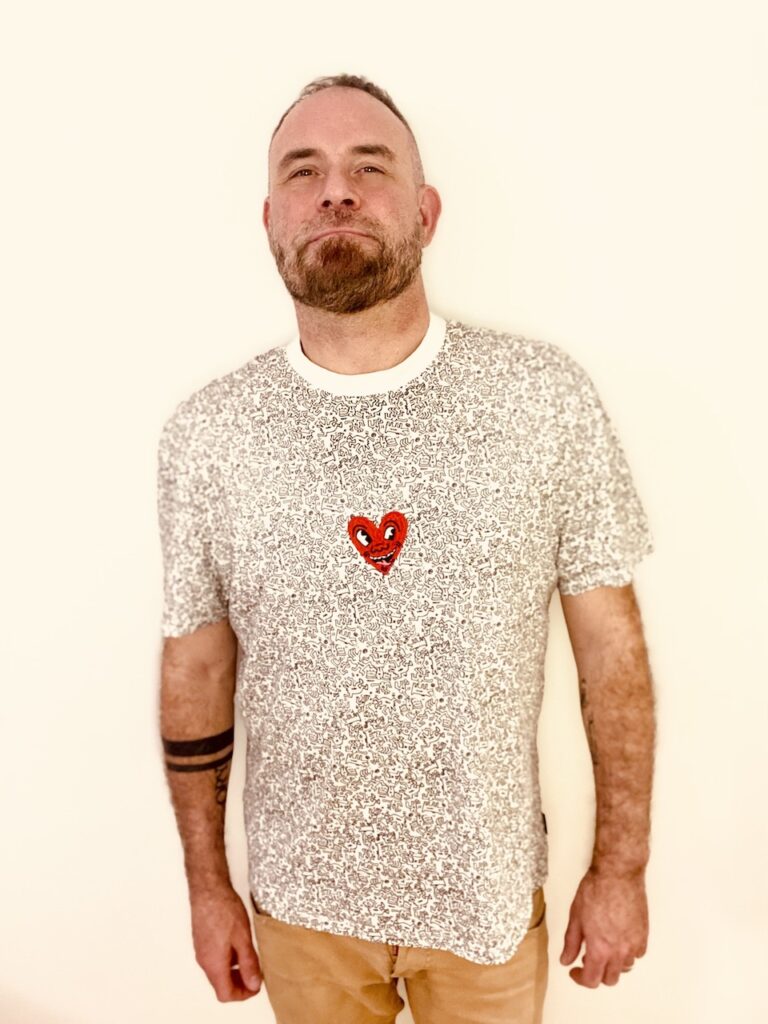
The topic is sensitive and quite topical. Even if the cultural and artistic environment in particular is far from perfect, LGBTQIA+ people have always been an active and integral part of it. Issues such as personal consciousness form the basis of the cultural processes that give rise to reflections on rights as they should be. The concern, however, is that the world of culture today is being influenced and trapped by a part of politics that appears to want to remain agnostic and impervious to any form of change and inclusion. The danger is there, and it must be fought concretely for the good of all.
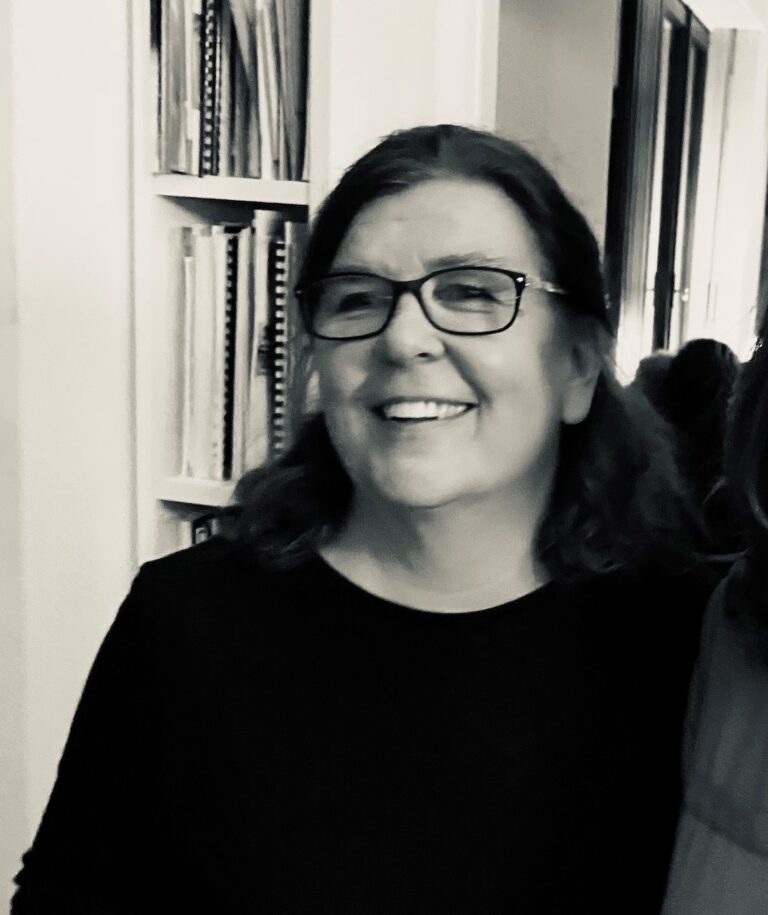
lights and shadows. Prejudices and prejudices are so deeply rooted in the cultural world that they are often not recognized as such: women earn less, the works of female artists are sold up to 40% cheaper than those of their female colleagues, the top figures in museums are often male. The Shadows: While this “new course” has accelerated internationally, this process is still very slow in Italy. The Lights: Sensitivity has shifted and there is a tendency to bring greater visibility to female artists as well, from which they often recover damnatio memoriae. The Venice Biennale 2022, The milk of dreamsmarked a turning point from which there is no turning back: curated by a woman, works by female artists were mostly exhibited for the first time.
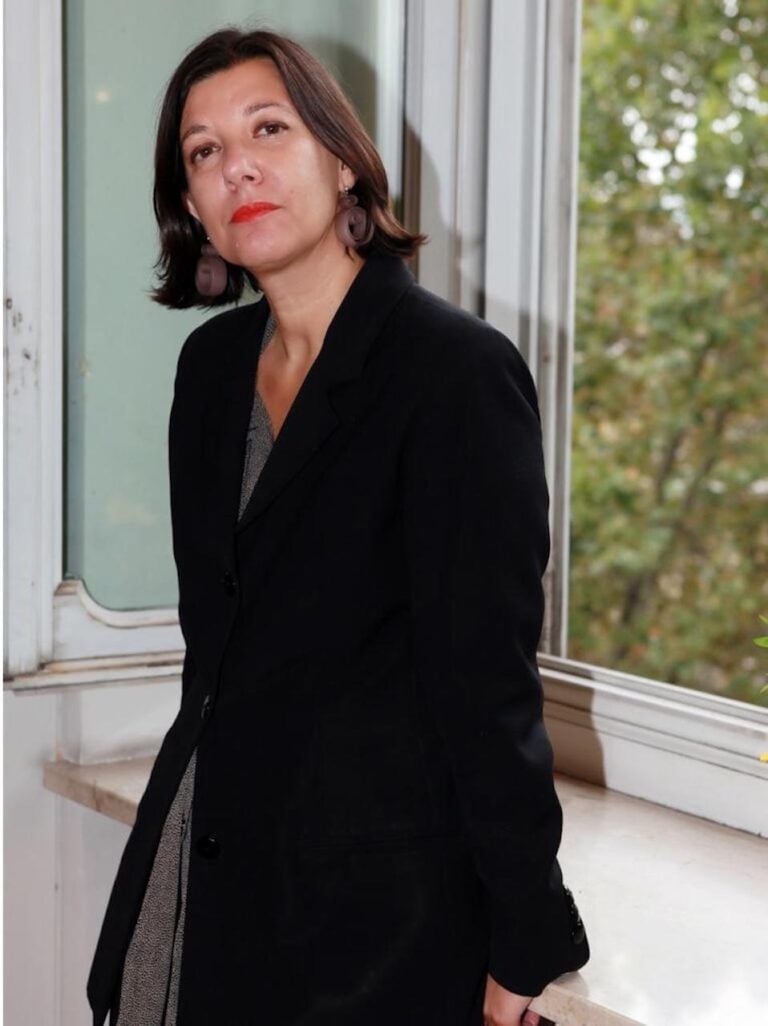
Historically, Bologna has been an important center for activism and social change. As a public institution working in this specific area, MAMbo is committed to giving space and relevance to projects dealing with the representation of gender identities and different sexual orientations. We have been a partner of the multidisciplinary festival since 2011 gender bender, host of initiatives in our spaces; in November 2022 we created the exhibition in our project room I’m not where you’re looking for me. Porpora Marcasciano, the movement from underground to MIT, curated by Michele Bertolino and created in collaboration with MIT – Movimento Identità Trans, Divergenti, Documentation Center “Aldo Mieli” of Carrara and Documentation Center “Flavia Madaschi” Cassero LGBTI+ Center of Bologna. As part of our ongoing residency project, Nuovo Forno del Pane Outdoor Edition, one of the selected artists presented research on the representation of sexuality, which allowed us to welcome Lewis G. Burton, an internationally known DJ and artist, to a public lecture .
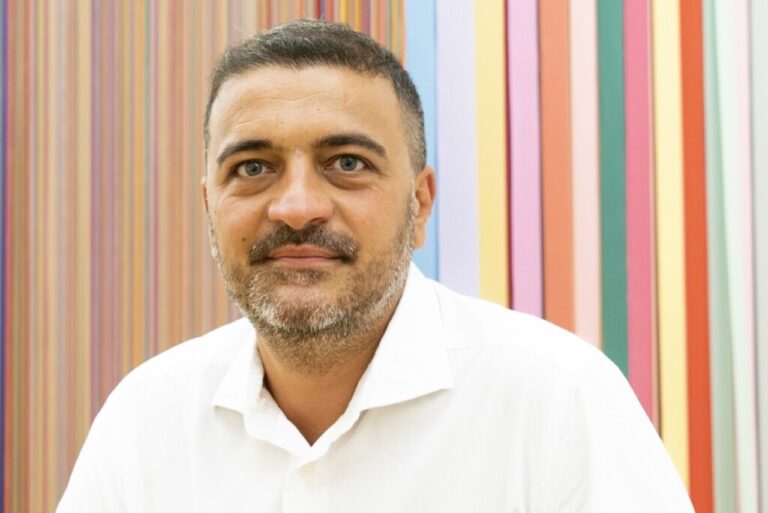
The Italian arts system is now highly inclusive and has made great strides in the last 20 to 30 years in terms of gender awareness and respect for LGBTQIA+ rights. The new challenge for Italian culture in this regard is to act together to promote the same level of inclusivity, awareness and respect for rights everywhere in the world. From a global perspective, discrimination and violations of the rights of LGBTQIA+ people, including many artists and intellectuals, are still a dramatically widespread reality.
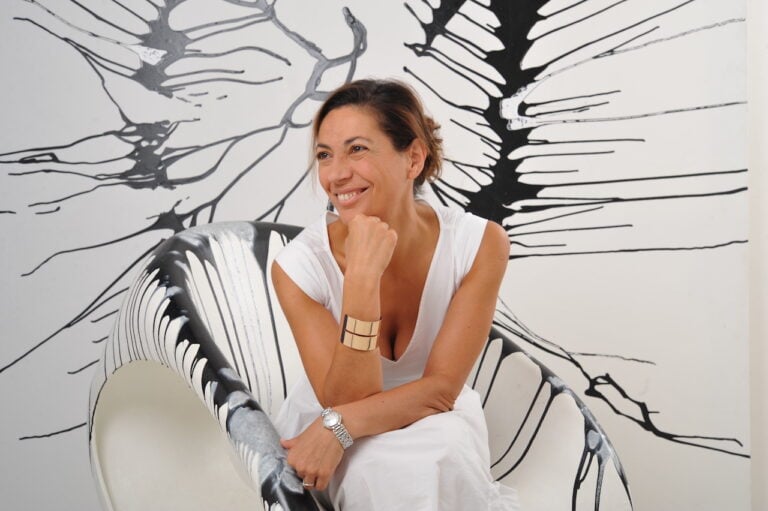
In 1993 I founded Lady Muk, who sings you mow, deals with the complex system of contemporary art and urges to think outside the box. I have also used the character of the transvestite to highlight the barriers our society puts up against gender diversity and to encourage greater freedom. I continued to explore sexuality, but the reaction of the Italian art system stopped at the aesthetics of the work and eluded its content. From 1997 to 2007 I exhibited with the Esplico Minimo Gallery in Madrid and from the very first interviews I was struck by the depth with which the Spaniards perceived these works. Spectacularity is often used these days, but it seems like watching the famous presenter Corrado’s Corrida: Characters in Danger.
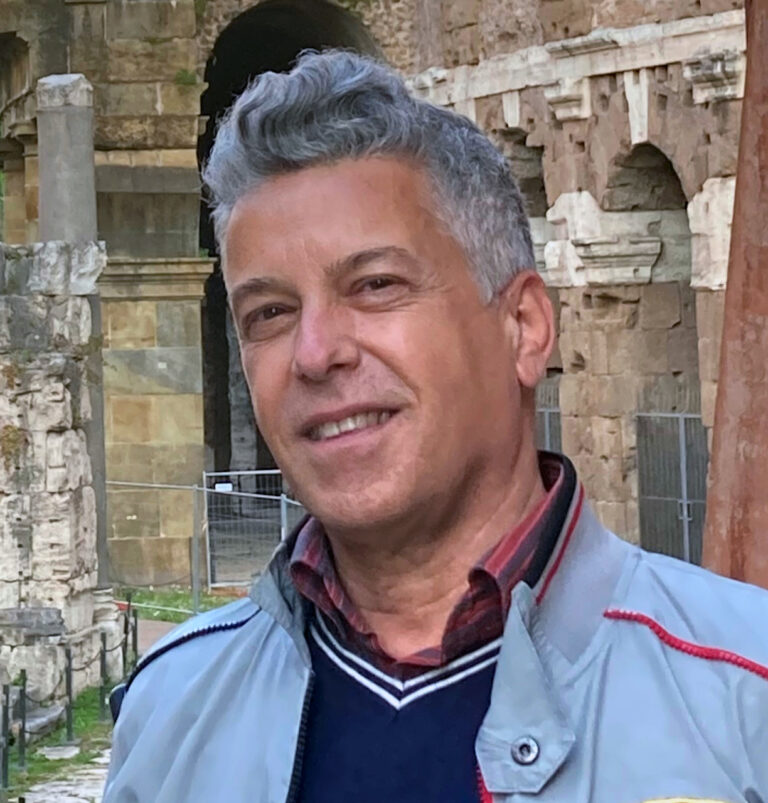
When it comes to issues affecting the rights to be and to act, the field naturally becomes tricky. The world of contemporary art has always dealt with these issues since the 1960s. And he did it much bolder and more linear than he does now. Today, any issue that revolves around the important LGBTQIA+ context needs to be weighed and evaluated, as there is a risk of it being misunderstood. As we are a country that does not even consider the existence of diversity rights, it goes without saying that the artistic field should be a battleground. However, I think that for the struggle in this field it no longer makes sense to claim identities that have been denied to us, but to subtly and politically work on the ones that we have. The artist has to keep doing his job, if the system only accepts him as fashion, then he has to leave this system. Let’s think of artists like Nan Goldin, Larry Clark, Letizia Battaglia… They have always documented the value of those who were considered different and highlighted a valuable community that has a need to teach today.
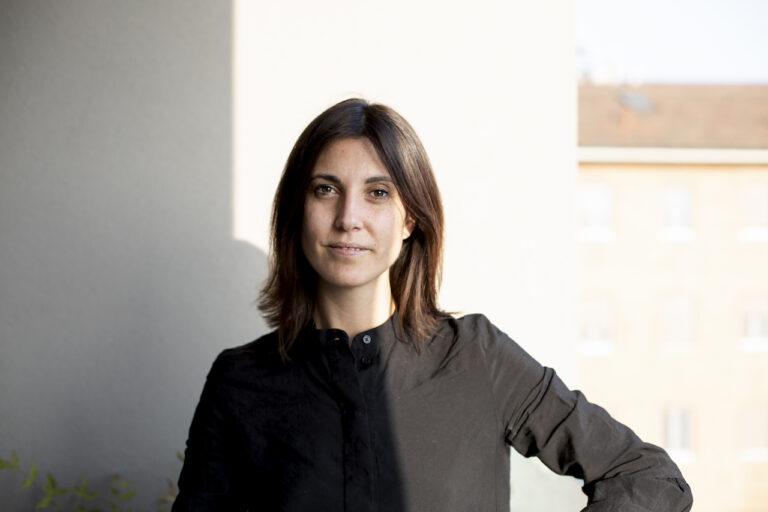
Intersectionality and LGBTQIA+ rights are central themes in contemporary culture, driven by the need for greater social inclusion and aware of the expressive meaning of identity and inequalities. The Italian arts system, particularly through the institutions of large cities, has demonstrated that it enables civic engagement and supports change. For museums and cultural sites, this means great efforts to develop from “neutral” actors to actors of change. Nevertheless, it is evident that, compared to other more developed models, such as the Anglo-Saxon, there is still much to be done to address this problem continuously and not sporadically, and to understand its importance and potential it entails.
